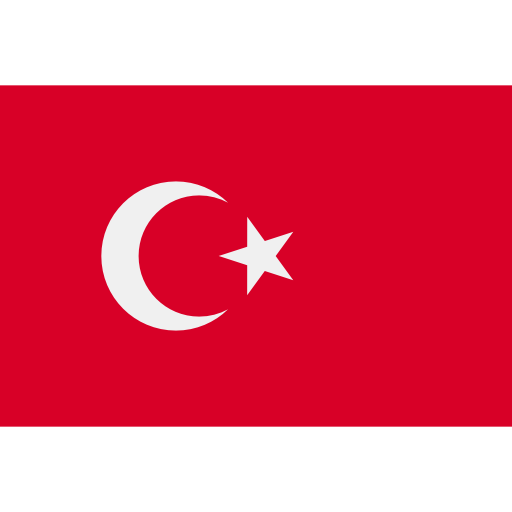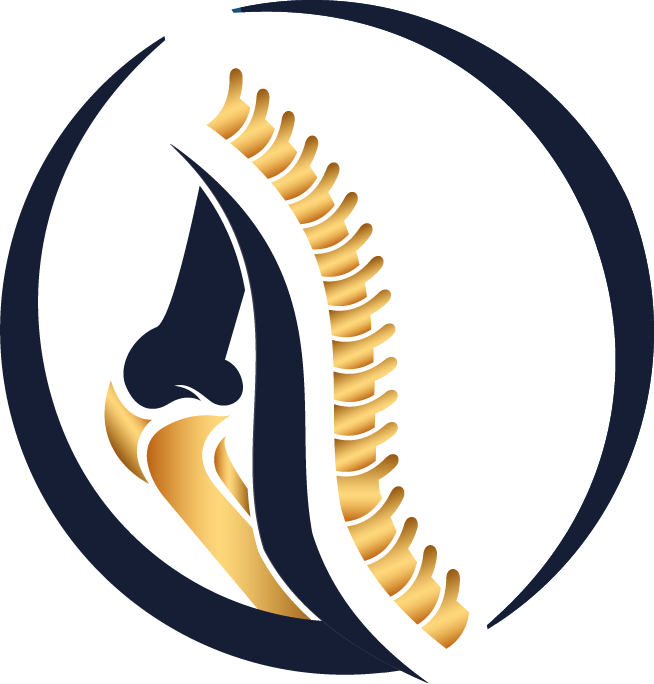What is Osgood-Schlatter Disease?
It is a common cause of knee pain in childhood. It is the pain and tenderness of the patellar tendon and its attachment from the lower end of the knee to the tibia. The disease is 3 times more common in boys than girls. It is most common in boys 11-15 years old, in girls 8-13 years old. This is because girls enter puberty earlier than boys. This condition usually resolves on its own once the bones have finished growing. It can be unilateral or double sided.
Osgood-Schlatter disease is most common in children who play sports such as football, basketball, figure skating and ballet, as well as running, jumping. The pain is usually worse during play and sports, that is, as activity increases.
What Are the Symptoms of Osgood-Schlatter Disease?
Pain and swelling at the upper end of the tibia just below the knee are the main indicators of Osgood-Schlatter disease. Pain often worsens during certain activities such as running, kneeling, and jumping. Redness of the skin, increased temperature may be seen.
This condition usually only occurs in one knee, but can affect both knees. The discomfort can last for weeks to months and may recur until your child's growth is complete.
Why Does Osgood-Schlatter Disease Occur?
During activities such as running, jumping, and squatting, your child's thigh muscles pull on the tendon that attaches the tibia to the growth plate at the top. This repeated stress can cause the tendon to pull on the growth plate where it enters the tibia, causing the pain and swelling associated with this disease. Some children's bodies try to fill this gap with new bone growth, which can cause excess bone at that point.
How is Osgood-Schlatter Disease Diagnosed?
During the physical examination, the child's knee should be checked for tenderness, swelling, pain, and redness. Diagnosis can be made by X-Ray to be taken after suspicion.
Osgood-Schlatter Disease Treatment
Osgood-Schlatter disease usually goes away when bones stop growing. Treatment of Osgood-Schlatter disease focuses on reducing pain and swelling. This usually entails limiting exercise activity until your child is comfortable enough to do their normal activities without discomfort or severe pain afterwards. In some cases, it requires a few months of abstinence from activities, followed by an exercise program. However, if your child is not in extreme pain or limping, it may be safe to continue playing sports. During periods of active complaint, drugs such as ibuprofen and naproxen reduce pain and swelling.
dixmax Türkçe
Türkçe
 Arabic
Arabic
